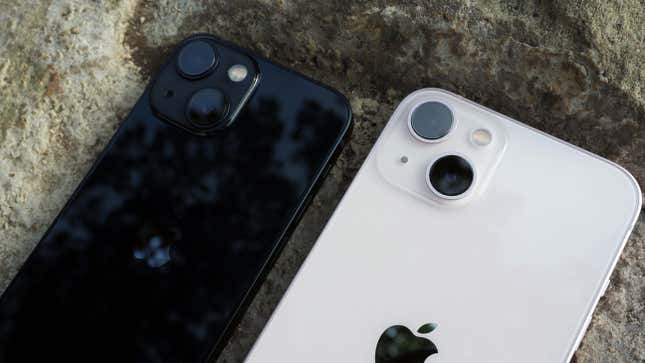
Apple just added an iOS feature that might tell you whether the “genuine iPhone” replacement part you bought on eBay is a scam. Available on iOS 15.2, a new “Parts and Service History” section in the Settings app confirms when a genuine component is found on your iPhone.
Navigate to Settings>General>About on your iPhone and you’ll see a “Parts and Service History” header above a list of components. If your iPhone repair was done using OEM parts then “Genuine Apple Part” will be listed.
An “Unknown Part” message appears when a part is installed improperly, not functioning, was made by anyone other than Apple, or was already installed in another iPhone. Previous iOS versions only showed an “Unable to verify this iPhone has a genuine Apple display” alert when an unverified part was installed in the handset.
Which components can be vetted depends on your phone model. As Apple outlines in a support document, those with newer iPhones can see the status of more parts than those with older models.
- For iPhone XR, XS, XS Max, and later, including iPhone SE (2nd generation), you can see if the battery has been replaced.
- For iPhone 11 models, iPhone 12 models, and iPhone 13 models, you can see if the battery or display have been replaced.
- For iPhone 12 models and iPhone 13 models, you can see if the battery, display, or camera have been replaced.
Your phone will operate regardless of whether its parts are OEM or third-party so long as they’re compatible with the phone and installed properly.
Apple is keeping tabs on all of these changes and admits to collecting information about your phone’s parts and service history. The company says this data collection is for “service needs, safety analysis, and to improve future products.” (Of course, it could also offer valuable data as to whether or not a lenient repair policy is hobbling Apple’s profits.)
Also coming to iOS is an important update in policy that prevents the need for a microcontroller chip to be transferred from an iPhone 13's original screen for a new one to be compatible with Face ID. The process of moving the tiny component over was challenging and time-consuming, and because it broke Face ID, independent repair shops suffered.
These changes continue an about-face from Apple away from its notoriously restrictive policies on non-authorized repairs. Just a few weeks ago, Apple announced a self-repair program set to launch in the U.S. early next year. Via the Self Service Repair program, Apple will let customers make DIY repairs by selling them genuine parts and providing installation instructions.
While Apple recommends customers go through its professional repair channels (Apple, an Apple Authorized Service Providers, or an Independent Repair Providers), anyone who wants to make their own repairs can do so with genuine Apple parts shipped directly from the source. And now with iOS 15.2, those savvy (or daring) enough to swap out parts will know if the self-repair was successful or if it’s time to visit the folks in the blue T-shirts.